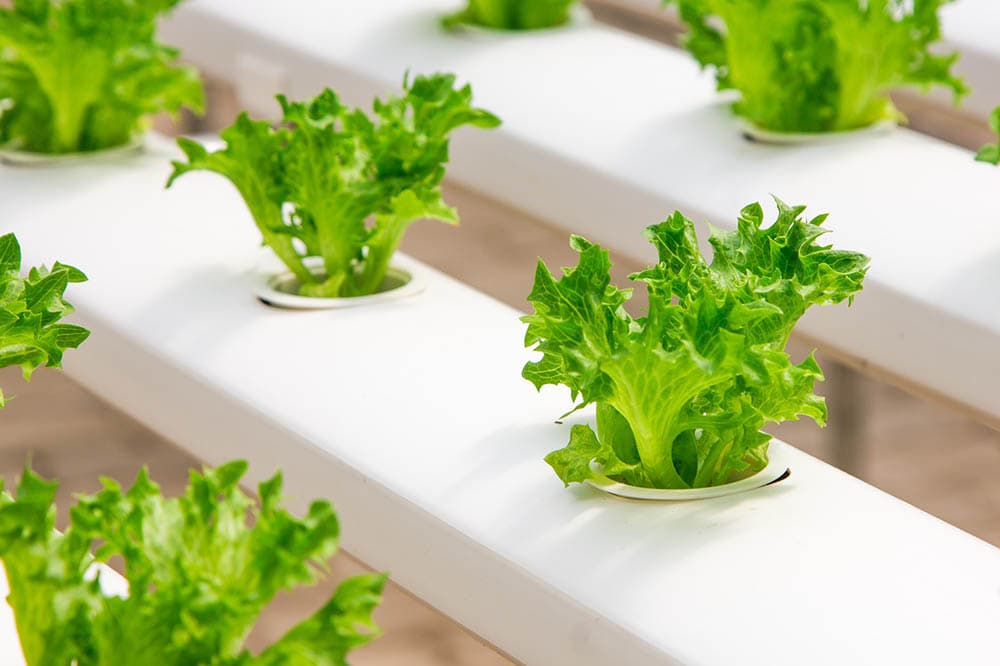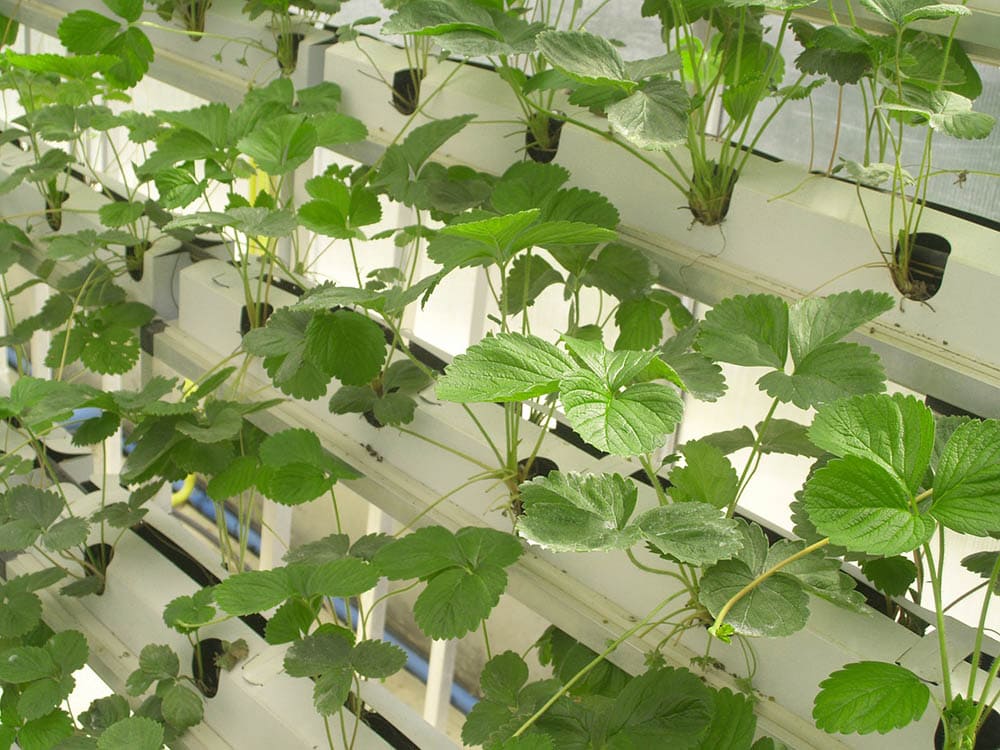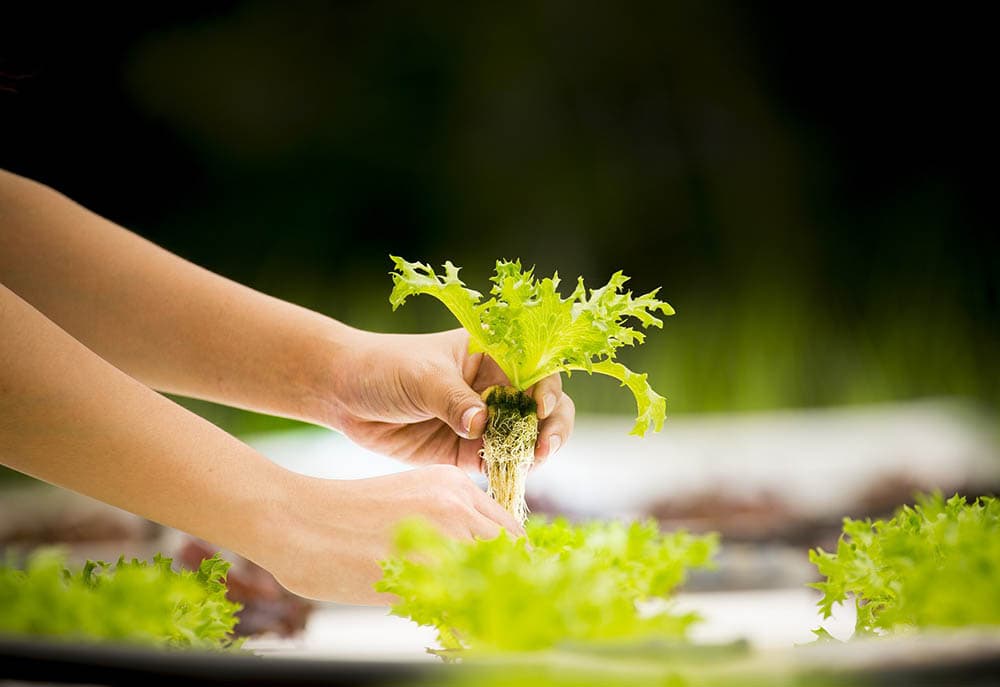What Is Hydroponic Gardening? Are There Different Types?
-
Ed Malaker
- Last updated:

Hydroponic gardening is a fun and rewarding way to grow plants, and though it sounds advanced, it’s actually quite simple. Hydroponic gardening is growing plants in water instead of soil. This process has several advantages and a few disadvantages. If this sounds interesting to you, keep reading as we take a closer look at water-based growing, so you can see if it makes sense for your home.
What Are the Advantages of Hydroponic Gardening?
Like soil-based gardening, you can grow your plants seasonally outdoors or year-round indoors. The nutrient-rich water works the same as soil, but it takes much less space. Plants growing in water also tend to grow faster, and there is no watering or weeding. Some animals, like moles and grubs, will be gone completely. The hydroponic systems are portable, so you can move them if you need to, and the vegetables that they produce will be clean and free of pesticides and other contaminants.
- Fast-growing
- No weeding
- Consistent quality
- Small space
- Portable systems
- Clean vegetables
- Complex initial setup

Active and Passive Hydroponic Systems
Active System
An active system is named so because it uses pumps to circulate water inside the hydroponic system. The same water circulates through the system continually, so it is a closed system that helps conserve water, but it still requires the use of power to run the pumps.
Passive System
The passive system does not use powered pumps to move the water inside the closed system; instead, it will use a wicking material, like cotton, to draw water up the roots or rely on gravity.
Media-Based Hydroponics
A media-based hydroponic system resembles a traditional garden. It uses media like coconut fiber, sand, gravel, glass, marbles, clay, pellets, and more to support the roots of heavy plants, like tomatoes.

Wick System
Some gardeners use a wick system to keep the media in a media-based hydroponic system damp. It relies on cotton or nylon rope pieces to create a self-watering system by drawing water up from the reservoir below and depositing it and the media above. However, it moves the water very slowly, so it works best for plants that don’t require much water, like many herbs. It’s also a good method for growing deep-rooted plants, like beets and radishes.
Ebb and Flow System
The ebb and flow system can also be called the flood and drain system, which is slightly more descriptive. The admin flow system requires you to wet the roots several times a day before allowing the water to drain away. You can use an active system that uses pumps on a timer to push the water through every few hours. You can also put in the water manually every few hours before allowing it to drain out into a bucket so you can use it again later.
Drip System
The drip system uses an active pump to keep the media aware in a media-based hydroponic system. As the name suggests, a drip line supplies a constant flow of water to each plant in the hydroponic system. This water keeps the roots moist but quickly drains away into the reservoir below, where it’s recirculated continuously.
Liquid-Based Hydroponics
The liquid-based hydroponic system gets rid of the media and grows the plants in a liquid-only solution. Gardeners suspend the plants in pots with their roots exposed.
Nutrient Film Technique
One technique that gardeners use to deliver nutrients to plants in a liquid-based hydroponic system is the nutrient film technique. It provides aerated nutrients via slanted horizontal troughs. Gardeners place the plants in the troughs so they can receive the nutrients.
Deep Water System
The deep water system places plants in a floating Styrofoam plank and allows the roots to hang down into the water. This system works great for growing almost any type of plant that doesn’t get too heavy to sink the foam.
Water Quality
Before you get started with any hydroponic system, you will need to test your water to ensure that it doesn’t contain many chemicals. Many municipalities treat the water with chlorine and other chemicals that might make it unsuitable for your hydroponic garden. Natural wells may be high in some minerals that also make the water unsuitable for your hydroponic system, so your best option is often to purchase distilled or spring water commercially.
Fertilizer
There are many different brands of hydroponic fertilizers available that will help you get the maximum yield from your plants. The fertilizer that you should purchase will depend on the kind of plants that you are growing. Some are better for flowered varieties, while others are good for vegetables.

Hydroponic System
Surprisingly, hydroponic systems are not that expensive, and you can purchase several varieties online. You can even build your own if you are handy, but we recommend starting with a commercial unit to make sure everything is working properly while you are learning.
- Related Read: 5 Best Reverse Osmosis System for Hydroponics
Start Slow
To begin growing plants in your hydroponic system, we recommend starting slow with easy-to-grow plants like lettuce or basil. Once you know how to operate the system correctly and get a good crop from these plants, you can move on to other, more difficult varieties, with the confidence that your system works.
Summary
Using a hydroponic system to grow plants is perfect when you don’t have a large yard. The system can be tiny, and you can keep it on your balcony or porch. We’ve even found success in sunny areas of the house. The plants will grow all year long and produce more fruit than they would in the ground. It requires very little water, especially compared to traditional gardening, because the closed system keeps recycling it, so it’s better for the environment, and the vegetables taste and look amazing.
See also:
- 15 Plants That Can Grow in Sand (With Pictures)
- 6 Types of Hydroponic Systems Explained (With Pictures)
Featured Image Credit: naidokdin, Pixabay
Contents
